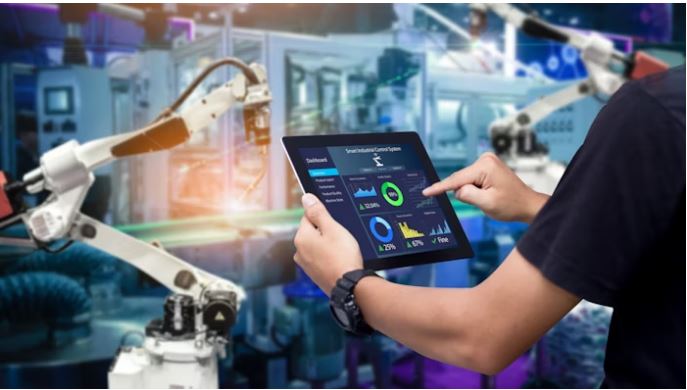We are hearing more and more about AI and the concern that it will take over many jobs and aspects of our lives and manufacturing is no stranger to technological advancements and process automation. So how do manufacturers inspire technological relevance in manufacturing workers, when many don’t want to leave their comfort zone and venture into a whole new world of technology?
Managers are finding that about a third of their workforce are eager to take on the opportunity to be part of company-paid career development and it is also a great way to get the attention of prospective employees. The key is to not force advancement but allow each individual to get excited about the future of their career. “As each person understands the impacts of technological intrusion and considers the benefits associated with increasing their skill sets, they recognize the positive impacts of learning industry advancements, personally growing in their careers to avoid job obsolescence, and earning higher wages.” This doesn’t mean there isn’t a place for those who may be weary of learning advanced technology, it may just limit their advancement which may be okay for them.
So how does this play into the world of labeling? Labeling in the manufacturing industry must be accurate and efficient. The best way for a manufacturer to ensure these occur is through automation so labeling, like many other processes within manufacturing, can benefit from technological advancements. It still requires human resources to innovate, use critical thinking to problem solve, and of course, contribute emotionally to a positive work culture. “Companies are led to modernization through human interaction with innovation.”
Pragmatyxs can help train your team on the efficiencies of automated labeling solutions and the importance of human resources in automated manufacturing processes. We are at a pivotal moment between technology advancements and the employee’s role in the workplace and how both can thrive.
